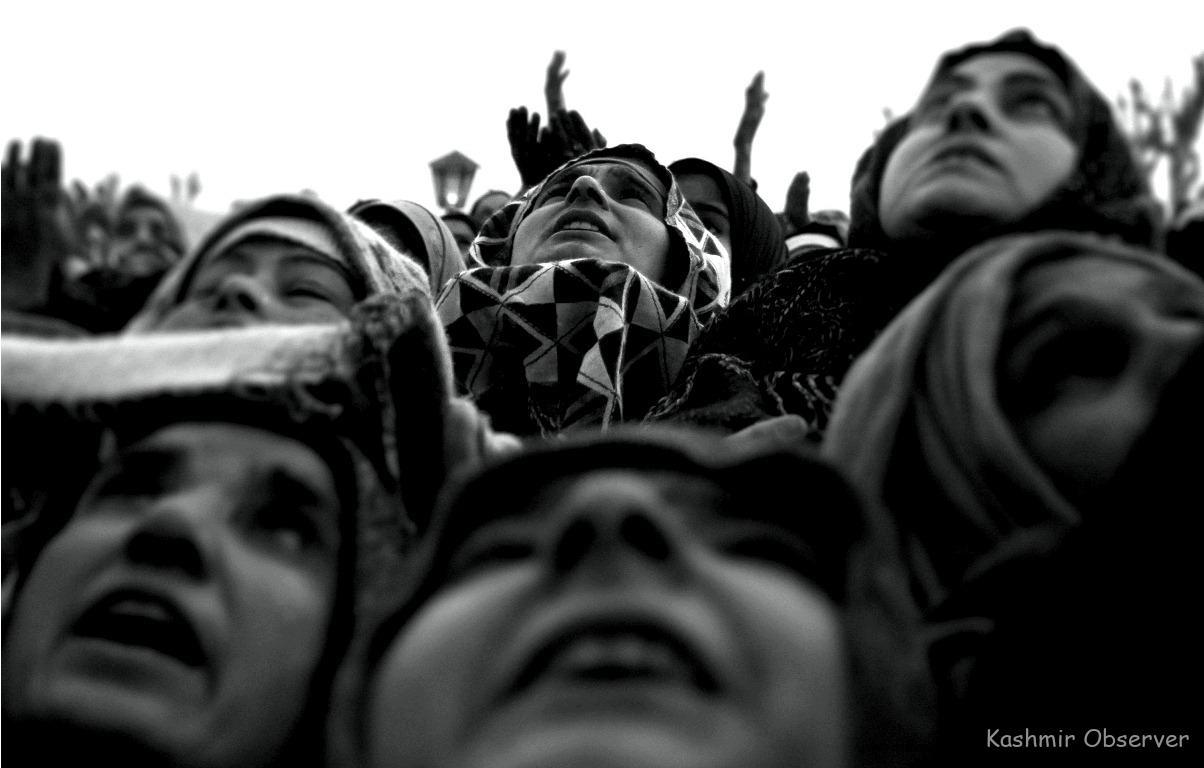
Healing The Unseen Wounds Of Kashmir
KO File Photo by Abid Bhat
By Dr. Musawir Mohsin Parsa
I have spent years watching patients in Kashmir walk into clinics with pain that has no clear name.
Some come complaining of backaches, dizziness, or breathlessness. Others describe sleepless nights or a strange heaviness that never leaves them.
ADVERTISEMENTWhen you listen longer, their stories unfold into something deeper: a life shaped by fear, uncertainty, and loss.
For over three decades, our valley has lived through cycles of unrest that have left marks far beyond the physical. The broken bones and shattered structures are visible. But the anxiety, trauma, and despair are not.
Yet it is these invisible wounds that have silently changed how people here think, feel, and relate to one another.
Studies over the years have shown alarming trends. At least one in five Kashmiris shows symptoms of depression, anxiety, or post-traumatic stress.
At the Institute of Mental Health and Neurosciences in Srinagar, the number of patients seeking psychiatric care has multiplied several times since the early 2000s.
Behind every figure lies a story of someone who struggles to make sense of a life interrupted.
Young people carry much of this burden. They have grown up in an atmosphere where plans can collapse overnight.
In classrooms, I have seen students who cannot focus, and flare up in anger or drift into silence. Many feel that their future is always on hold, their choices always uncertain.
The problem grows harder when help is scarce. There are barely a few dozen psychiatrists serving a population of more than seven million. Rural areas often have none. Even in cities, hospital queues stretch long, and counselling is treated like a costly choice.
For many, therapy is either too expensive or too far away.
Stigma makes the situation worse. In our culture, people rarely say they are depressed. They say they have“tension” or“nerves.” Families hesitate to seek help, fearing judgment.
Men, in particular, see emotional struggle as weakness. So they swallow their pain until it spills out in sleeplessness, rage, or withdrawal.
In all this, women often become the silent carriers of stress. I have met mothers who absorb the worries of an entire household, caretakers who collapse under invisible loads. Their suffering rarely enters medical charts, but it shapes the emotional pulse of our homes.
There are ways forward if we choose to see mental health as part of community well-being. Schools need counsellors as much as teachers. Hospitals must treat trauma alongside injury. Local health workers can be trained to recognize early signs of distress. Technology can bridge distance, through phone counselling, tele-sessions, and support networks for caregivers.
Healing minds is slow work, but it is also hopeful work. Every conversation and act of listening, chips away at years of silence. Kashmir has shown immense character through conflict, but resilience should never mean enduring pain without help.

Legal Disclaimer:
MENAFN provides the
information “as is” without warranty of any kind. We do not accept
any responsibility or liability for the accuracy, content, images,
videos, licenses, completeness, legality, or reliability of the information
contained in this article. If you have any complaints or copyright
issues related to this article, kindly contact the provider above.


















Comments
No comment